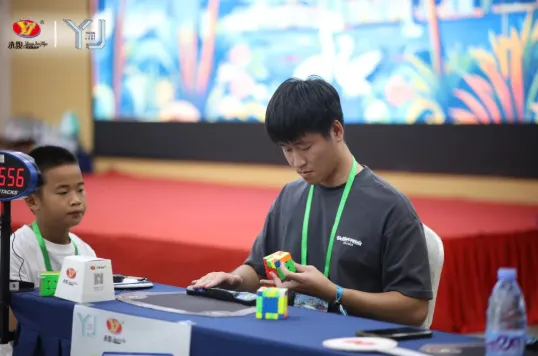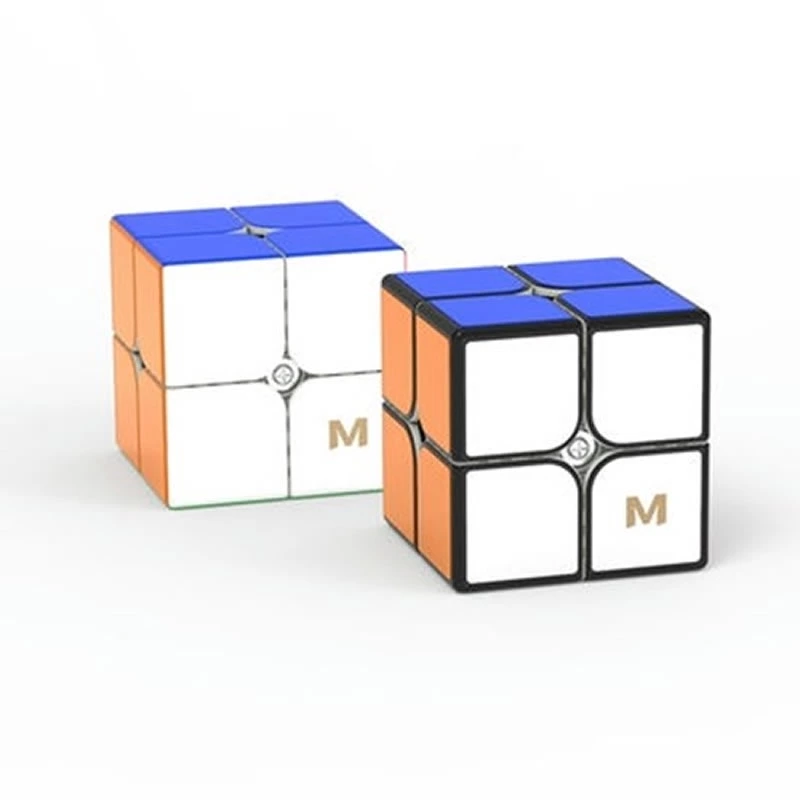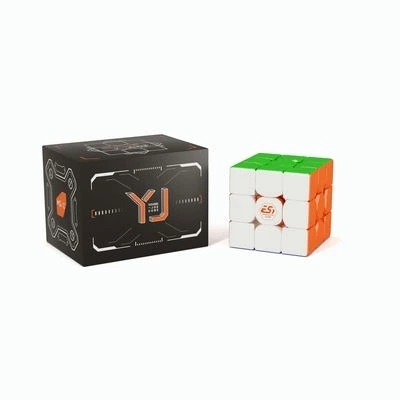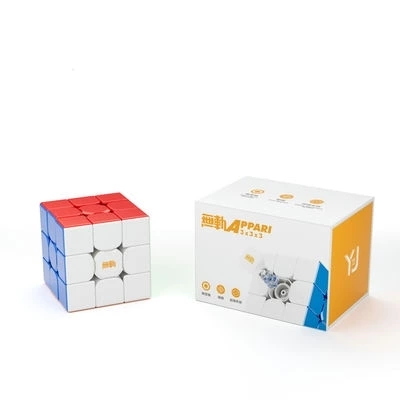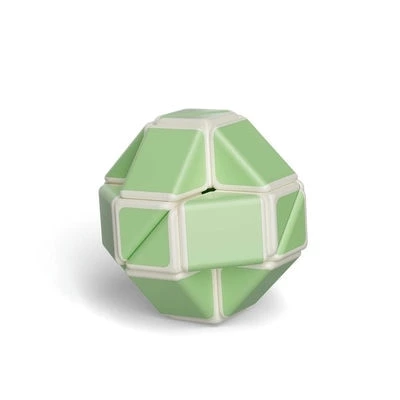Have you mastered the key techniques for solving the Magic Cube?
Whenever I witness the masters' effortless and fluid movements during Magic Cube competitions, I’m reminded that true mastery lies not just in speed, but in the harmony of precision and intuition.
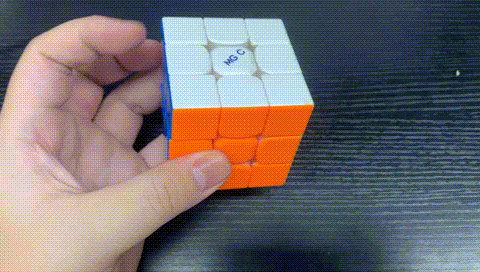
Mastering the 3x3 Magic Cube: A Guide to Efficient Rotations
The 3x3 Magic Cube is a timeless puzzle that challenges both logic and dexterity. While memorizing algorithms is essential, understanding how to execute rotations smoothly is the key to achieving fluid solves. This guide breaks down the fundamentals of cube rotations, focusing on technique and precision.
Basic Notation
Before diving into rotations, familiarize yourself with standard cube notation:
Faces:
F (Front), B (Back), L (Left), R (Right), U (Up), D (Down)
Rotation Types:
- Clockwise: A single letter (e.g., R) means turning the face 90° clockwise.
- Counterclockwise: An apostrophe (e.g., R’) indicates a 90° counterclockwise turn.
- 180°: A “2” (e.g., R2) means rotating the face twice.
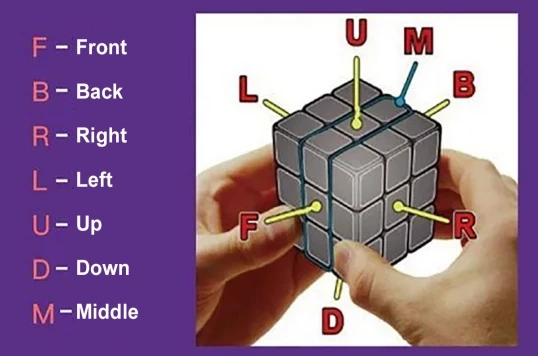
Core Rotation Techniques
Single-Layer Rotations
Start with isolated layer moves to build muscle memory:
- U (Up Layer): Use your dominant hand’s index finger to push the U layer clockwise. For U’, pull back with your thumb.
- F (Front Layer): Grip the cube with both hands and rotate the F layer using your thumbs and middle fingers.
- Tip: Practice alternating between U and U’ until transitions feel natural.
Double-Layer Rotations
Advanced techniques involve rotating two layers simultaneously:
- u (Upper Two Layers): Execute u by turning the U layer and the middle layer beneath it. Use your thumb for clockwise (u) and index finger for counterclockwise (u’).
- f (Front Two Layers): Combine F and the middle slice. Push with your right thumb for f and left index finger for f’.
Finger Tricks for Speed
Efficiency separates beginners from experts. Master these moves:
Flicking the U Layer:
For rapid U turns, flick the layer with your index finger while stabilizing the cube with your non-dominant hand.
Avoiding Common Mistakes
- Over-Gripping: A relaxed grip reduces friction and allows faster rotations.
- Incomplete Turns: Ensure each rotation hits the 90° or 180° mark precisely to avoid misalignment.
- Ignoring Cube Tension: Adjust your Magic Cube’s tightness—looser cubes enable quicker turns but may sacrifice stability.
- R/L Hand Alternation:Alternate between R and L moves to minimize pauses. Example: R U R’ U’ can be chained seamlessly with practice.
Drills for Fluidity
-
Algorithm Repetition:Pick a simple sequence (e.g., R U R’ U’) and repeat it for 5 minutes daily. Focus on minimizing finger movement.
-
Slow-Motion Solving:Solve the cube at half-speed to identify awkward transitions, then refine those motions.
